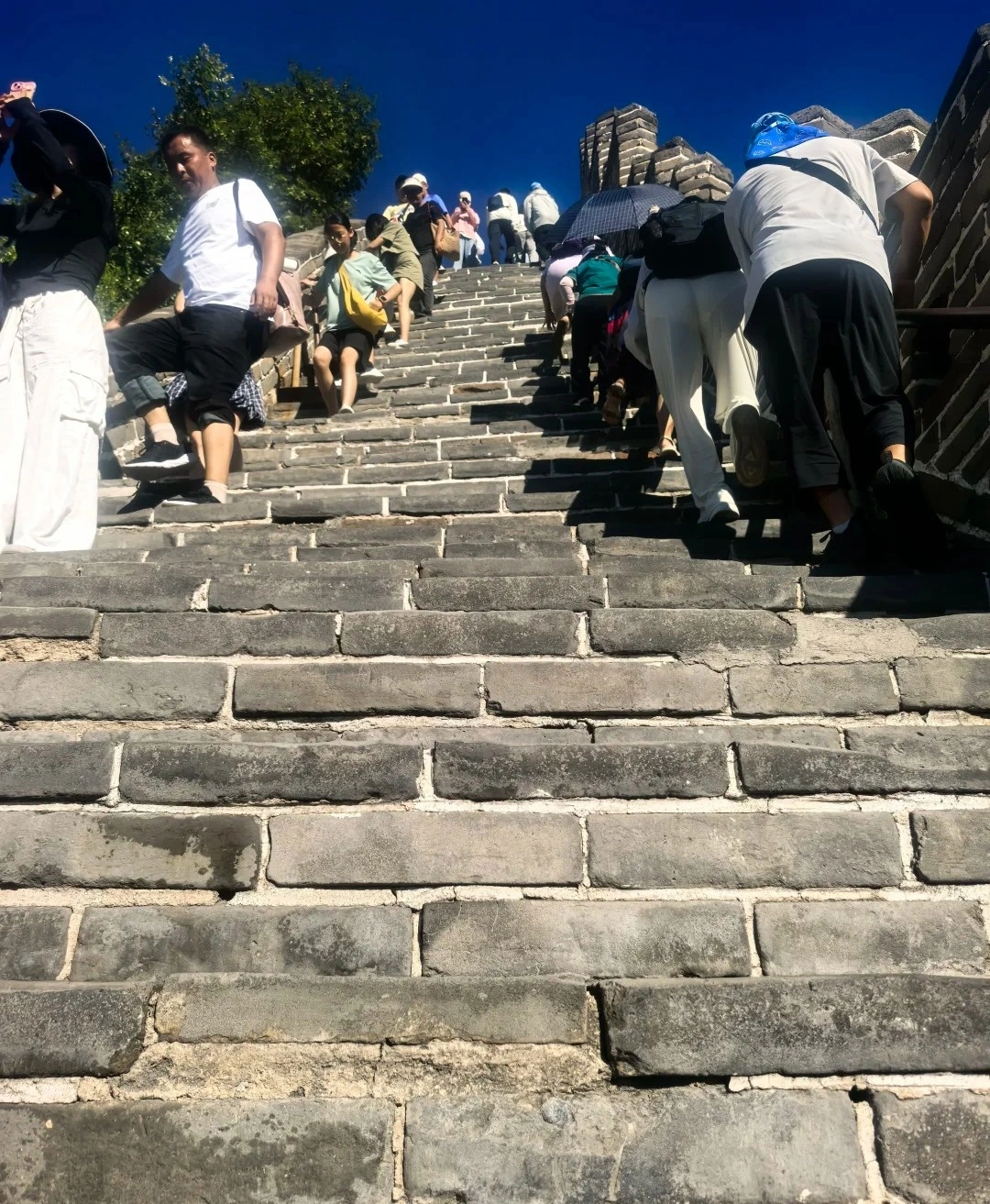Fenghuang Ancient Town
Fenghuang Ancient Town, a mesmerizing destination nestled along the Tuo River in western Hunan Province, is a living testament to China’s Miao and Tujia ethnic heritage. With a history spanning over 1,300 years, this UNESCO-listed town is famed for its well-preserved wooden stilt houses, ancient stone streets, and vibrant cultural traditions. Often called the "Venice of the East" for its waterways and bridges, Fenghuang offers visitors a serene escape into a world where time seems to stand still. Explore its winding alleys, witness traditional Miao dances, and cruise under moonlit bridges as you uncover the secrets of this timeless gem.
Historical Overview
Fenghuang’s history dates back to the Tang Dynasty (618–907 AD), when it served as a military outpost. During the Ming (1368–1644) and Qing (1644–1912) dynasties, it flourished as a center for Miao and Tujia Culture, blending Han Chinese influences. Key milestones include:
1704: Officially established as a county seat under the Qing Dynasty.
19th–20th centuries: Survived wars and revolutions, preserving its architectural integrity.
2001: Designated a National Historical and Cultural Town by China’s State Council.
2008: Listed as a UNESCO World Heritage candidate for its "outstanding universal value."
Structural Layout
Fenghuang’s layout follows the natural curves of the Tuo River, with traditional Miao and Tujia wooden houses lining its banks. Key features include:
Stilt Houses: Over 300 wooden structures with intricate carvings, built without nails, dating back 200–300 years.
Stone Streets: 800 meters of cobblestone paths winding through the old town, connecting ancestral halls and markets.
Bridges: 12 ancient bridges, including the iconic Rainbow Bridge (Hongqiao), a covered wooden span from the Ming Dynasty.
Central Square: Home to the Xiangxi Military Government Building, a Qing-era structure now housing local history exhibits.
Major Attractions
Hongqiao Bridge: A 200-meter-long Ming Dynasty wooden bridge with tea houses and shops, offering panoramic river views.
Ancient City Walls: Remnants of 1.8-kilometer-long Ming-era fortifications with four preserved gates.
Miao Ethnic Village: Experience traditional dances, silver jewelry-making, and stilt house architecture.
Tuo River Night Scene: At dusk, the river transforms into a glowing wonderland with red lanterns reflecting off the water.
Shen Congwen Memorial Hall: Dedicated to the town’s most famous son, a renowned 20th-century writer whose works popularized Fenghuang globally.
Suggested Itineraries
Classic Route(2–3Hours)
Start at Hongqiao Bridge, stroll along the riverfront stilt houses, visit the Ancient City Walls, and end with a sunset view from the East Gate Tower. Highlights: Iconic bridges, river vistas, and historic fortifications.
Cultural Depth Route(4–5Hours)
Explore the Miao Ethnic Village, attend a traditional dance performance, tour Shen Congwen Memorial Hall, and wander through local markets. Highlights: Immersive cultural experiences and literary heritage.
All Day Exploration(FullDay)
Begin with a morning cruise on the Tuo River, visit all major attractions, enjoy a Miao-style lunch, participate in a craft workshop (e.g., paper-cutting or batik), and conclude with the evening light show. Highlights: Comprehensive cultural and natural exploration.
Ticket Purchase
Online: Purchase via platforms like Ctrip or Qunar (advance booking recommended during peak seasons).
OnSite: Tickets available at major entrances (Hongqiao Bridge, East Gate).
Prices: General Admission: ¥120–150 (includes access to most attractions). Special exhibits or performances may require additional fees.
FreeAdmission: Children under 1.2m, seniors over 70, and disabled visitors with valid ID.
Transportation
By Bus: Take a bus from Zhangjiajie Central Bus Station to Fenghuang (4–5 hours) or from Jishou City (1.5 hours).
By Taxi PrivateCar: Direct travel from Zhangjiajie to Fenghuang takes about 3.5 hours (cost varies by vehicle type).
Parking: Limited parking near town entrances (¥10–30/day); public parking in nearby areas recommended during busy periods.
Best Time Tips
Avoid Crowds: Peak Hours: 10 AM–3 PM (weekends/holidays). Best Times: Early morning or late afternoon (weekdays).
Quietest Days: Weekdays outside national holidays and summer vacation (July–August).
Weather: spring (March–May) and autumn (September–November) offer mild temperatures and clear skies. Summer can be rainy but lush and green.
Essentials: Wear comfortable shoes for cobblestone streets and stairs. Bring a light raincoat or umbrella. Respect local customs, especially during religious ceremonies. Photography is allowed, but ask permission before taking portraits of residents.
Contact Us
What Our Clients Say?
Based on 10,000+ traveler reviews














